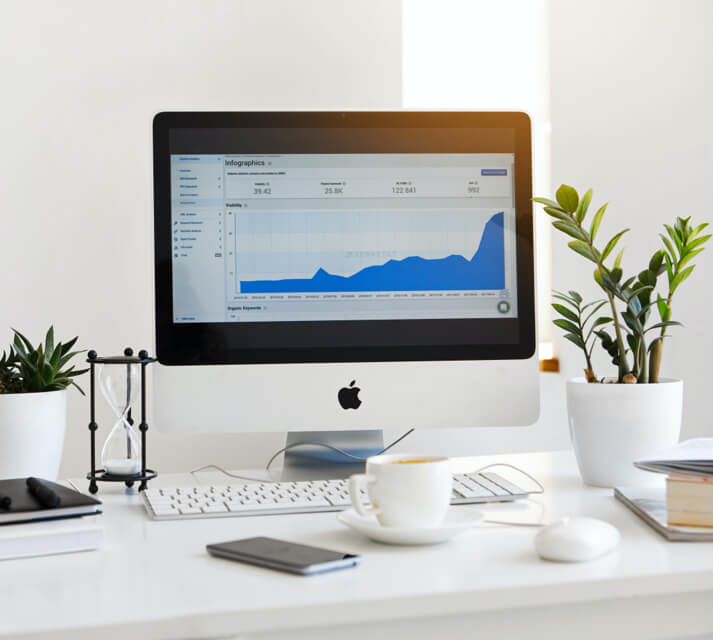Streamline Financial Compliance with Python
Financial compliance is a complex and ever-changing process. For experienced compliance professionals, it can be difficult to keep up with the latest regulations and requirements, especially with the rapid evolution of technology. Fortunately, Python can be used to help streamline the process of financial compliance.
What is Python and How Can it Help with Financial Compliance?
Python is a powerful programming language that can be used to automate many of the mundane tasks associated with financial compliance. It can be used to quickly build data models that can help you track, monitor, and analyze data in real-time. With the right Python tools and techniques, you can design a system that can help you keep up with the latest regulations and requirements.
How Can You Use Python to Streamline Financial Compliance?
There are several ways you can use Python to streamline financial compliance. Here are seven proven steps that can help you get started:
1. Automate Data Collection
The first step in streamlining financial compliance is to automate the process of collecting data. By automating data collection, you can quickly and easily gather the information you need to make informed decisions. With Python, you can use various tools, such as web scraping and APIs, to gather data from various sources.
2. Create an Automated Data Model
Once you have collected the necessary data, you can use Python to create a data model that can help you keep track of all the information you have gathered. With an automated data model, you can easily track changes in data and make sure that you are always up-to-date with the latest information.
3. Analyze Data
Once you have collected and organized the data, you can use Python to analyze the data and identify patterns. This can help you uncover potential issues and opportunities that can help you stay ahead of the curve when it comes to financial compliance.
4. Develop Compliance Rules
Once you have identified potential issues and opportunities, you can use Python to develop compliance rules. You can use the data gathered to create rules that can help you ensure that you are in compliance with the latest regulations and requirements.
5. Automate Compliance Monitoring
With Python, you can also automate the process of monitoring compliance. By automating the process, you can quickly and easily keep track of the latest compliance rules and ensure that you are always in compliance.
6. Create Reports and Alerts
You can also use Python to create reports and alerts that can help you stay on top of the latest compliance requirements. You can use the data gathered to create reports that can help you identify potential risks and opportunities.
7. Automate Data Automation
Finally, you can use Python to automate data automation. By automating data automation, you can quickly and easily update your data models and analyze the data in real-time. This can help you stay ahead of the latest regulations and requirements and ensure that you are always in compliance.
By following these seven steps, you can use Python to streamline financial compliance. With the right Python tools and techniques, you can quickly and easily build a system that can help you stay up-to-date with the latest regulations and requirements. Furthermore, by automating data automation, you can ensure that your data models are always up-to-date and that you can quickly and easily analyze the data in real-time.
For more information on using Python to streamline financial compliance, you can check out the following resources:
- How Python Can Help You Manage Financial Compliance
- How Python Can Help Manage Financial Compliance
- Python for Financial Compliance
With the right tools and techniques, you can use Python to streamline financial compliance and ensure that you are always in compliance with the latest regulations and requirements. By automating data automation, you can quickly and easily gather the data you need to make informed decisions and ensure that you are always up-to-date with the latest regulations and requirements.




